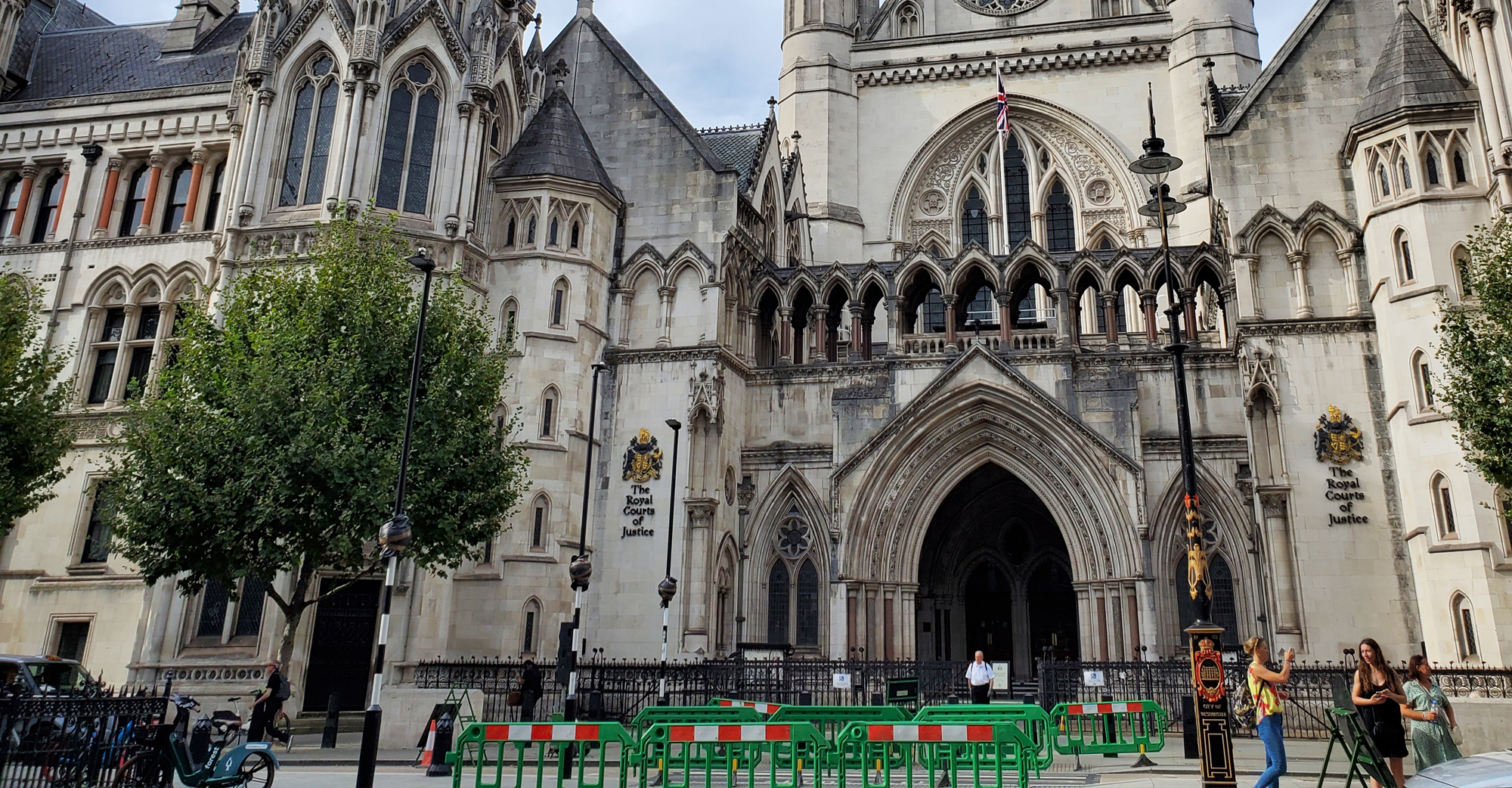Come on and play Traveling Boy’s Trivia Game. Only you will see the results.
How much do you know about the unification of Italy?
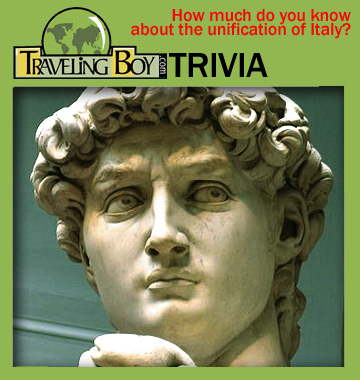
Congratulations - you have completed How much do you know about the unification of Italy?.
You scored %%SCORE%% out of %%TOTAL%%.
Your performance has been rated as %%RATING%%
Question 1 |
A | Julius Caesar |
B | Charlemagne |
C | Victor Emmanuel II |
D | Giuseppe Garibaldi |
E | Odoacer |
Answer: Victor Emmanuel II
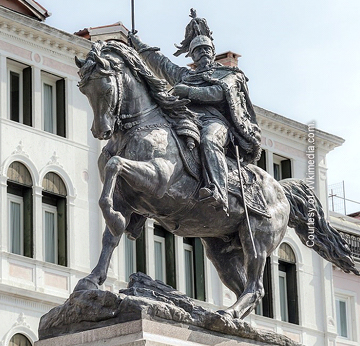
VICTOR EMMANUEL II (1820-1878) was the first king of united Italy (1861-1878). He was also the last king of Piedmont-Sardinia (1849-1861)
JULIUS CAESAR was a Roman general and statesman subsequently became dictator from 49 BC until his assassination in 44 BC..
Charlemagne, former Holy Roman emperor.
Giuseppe Maria Garibaldi was an Italian general, patriot, revolutionary who contributed to Italian unification.
Odoacer was a barbarian soldier and statesman from the Middle Danube.
Question 2 |
A | The Conformist |
B | L'Eclisse |
C | Fellini's Roma |
D | The Leopard |
E | Paisan |
Answer: The Leopard
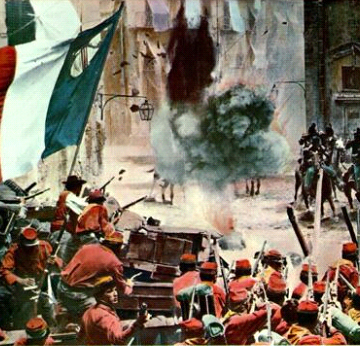
The Leopard (Il Gattopardo) is a 1963 epic historical drama film directed by Luchino Visconti.
Burt Lancaster stars as an aging Sicilian nobleman caught up in the sociopolitical turmoil of the Risorgimento (Italian unification) during the mid-19th century, with Alain Delon as his opportunistic nephew, and Claudia Cardinale as his goddaughter
Question 3 |
A | Liguria |
B | Lombardy |
C | Piedmont |
D | Sicily |
E | Tuscany |
ANSWER: Tuscany
During the 14th century, the Tuscan dialect began to predominate because of the central position of Tuscany in Italy, and because of the economic power of its most important city, Florence. It was not until the 19th century, however, that the language spoken by educated Florentines spread to become the standard language of a newly unified Italy. With progressive increases in literacy, standard Italian became gradually accepted as the national language in the 1950s.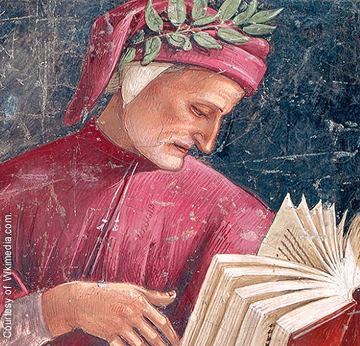
Dante Alighieri (1265, Florence — 1321, Ravenna), Italian poet, prose writer, literary theorist, moral philosopher, and political thinker. He is best known for the monumental epic poem, La commedia, later named La divina commedia (The Divine Comedy_ (The Divine Comedy).
Dante Alighieri is considered “the progenitor of the modern [Italian] vocabulary”; in reference to the work of linguist Tullio De Mauro, it is claimed that at the beginning of 1300s, 60% of the essential vocabulary of Italian—“the two thousand words without which we couldn’t manage in today’s everyday life”—had already been part of the language. But by the end of that century, Dante left us with the lexicon that already included 90% of the essential vocabulary of the modern language. The opening lines of the Divine Comedy, “Nel mezzo del cammin di nostra vita / mi ritrovai per una selva oscura”, are comprehensible to modern Italian readers.
Italian grammar is Latin-based and, therefore, shares most of its basic features with other Romance languages such as French, Spanish, and Portuguese.
Question 4 |
A | The Accordion |
B | The Guitar |
C | The Piano |
D | The Trumpet |
E | The Violin |
The Trumpet

The Shofar. Photograph courtesy of hellomusictheory.com.
Perhaps we call trumpets horns to this day because the first recorded trumpet-like instruments were actually animal horns. These horns have a rich history dating back longer than many nations and cultures and have been used throughout history for a number of different purposes.
Hollowed out and open at either end, the Shofar was a ram’s horn that is played with a technique much like that of a modern trumpeter.
Originally, they would have been used in Jewish religious ceremonies such as Rosh Hoshanah and Yom Kippur. They were played like a trumpet without valves where the player changes the pitch of the note by changing their embouchure. As well as the shofar, other early trumpet ancestors included the Lur and the cow horn.
INSTRUMENTS FROM ITALY:
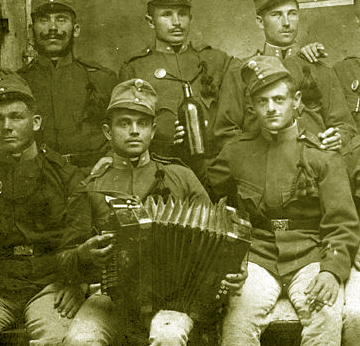
Photograph courtesy of Wikimedia Commons.
The ACCORDION was an instrument in the popular and folk-dance Italian tradition. It was born in Italy, from schools craft Castelfidardo, Ancona, Pavia. Its use is massive in the folk and popular tradition, with the Neapolitan tarantella, and the pinch (pizzica) in Puglia, who recently had a big comeback. He was born originally as an instrument for sacred music to accompany the singing during the processions, in contrast to its closest relative, the “concertina”, considered a more popular instrument.

Photograph courtesy of Wikimedia Commons.
The history of the GUITAR has its origins in Italy, where, following the schools of classical lutes, brought to the birth of different regional schools, which continue today with different styles and techniques. A typical Italian guitar is the guitar swing, typical of the tradition of Calabria, Puglia, Basilicata, Abruzzo, Molise and of Campania, which we find in the center and south of Italy since the fourteenth century, with ever-evolving forms compared to the presumed model of the historic baroque guitar. Today is also known as Italian guitar as opposed to the “classical” guitar called as Spanish or French guitar. A distinguishing feature of this old guitar is its shaped like an elongated eight.

Pianoforte (Piano). Photograph courtesy of hellomusictheory.com The name of this instrument, the PianoForte or as it’s now known the PIANO, gives a clue as to why there was pressure to invent the modern piano.
“Piano” means soft in Italian, and “forte” means loud. This name made the new keyboard instrument “soft-loud.” The original title was “gravicembalo col piano, e forte” (harpsichord with soft and loud), and later shortened to pianoforte.
The inventor of this new keyboard instrument, whose name they would eventually shorten to the piano, was Bartolomeo Cristofori of Northern Italy.
Cristofori invented the hammer mechanism that allowed the pianoforte to play loud and soft depending on how hard you pressed the keys.
He also redesigned the soundboard for thicker strings and higher tension—another feature that allowed the instrument to play louder.
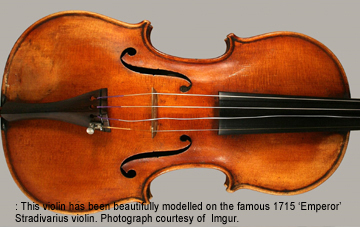
This violin has been beautifully modelled on the famous 1715 ‘Emperor’ Stradivarius violin. Photograph courtesy of Imgur.
The oldest sources regarding VIOLIN enable us to trace its birth at the beginning of the sixteenth century.
Made famous by the Italian names of Stradivari, Amati and Guarneri related to this important instrument which becomes essential for the birth of Opera in Italy, at the same time with music opera and central Europe symphonic art.
Question 5 |
A | White beans and crostini |
B | Cotoletta alla Milanese & Ossobuco |
C | Pesto & Foccacia |
D | Pizza & San Marzano Tomatoes |
E | Prosciutto & Tagliatelle al Ragu |
Answer: Pesto & Foccacia

For one cup of Pesto alla Genovese
⦁ 1/2 cup walnuts
⦁ 1/2 cup sweet basil
⦁ 2 teaspoons garlic
⦁ 1/4 cup Romano Cheese
⦁ 1/4 cup Parmesan Cheese
⦁ 6 tablespoons butter
⦁ 1/2 cup extra virgin olive oil
⦁ 1/4 teaspoon salt
⦁ 1/8 teaspoon black pepper
⦁ ½ cup of cream
⦁ White Beans & Crostini: Tuscany
⦁ Cotoletta alla milanese & Ossobuco: Lombardy
⦁ Pizza & San Marzano Tomatoes: Campania
⦁ Prosciutto & Tagliatelle al Ragu: Emilia-Romagna
